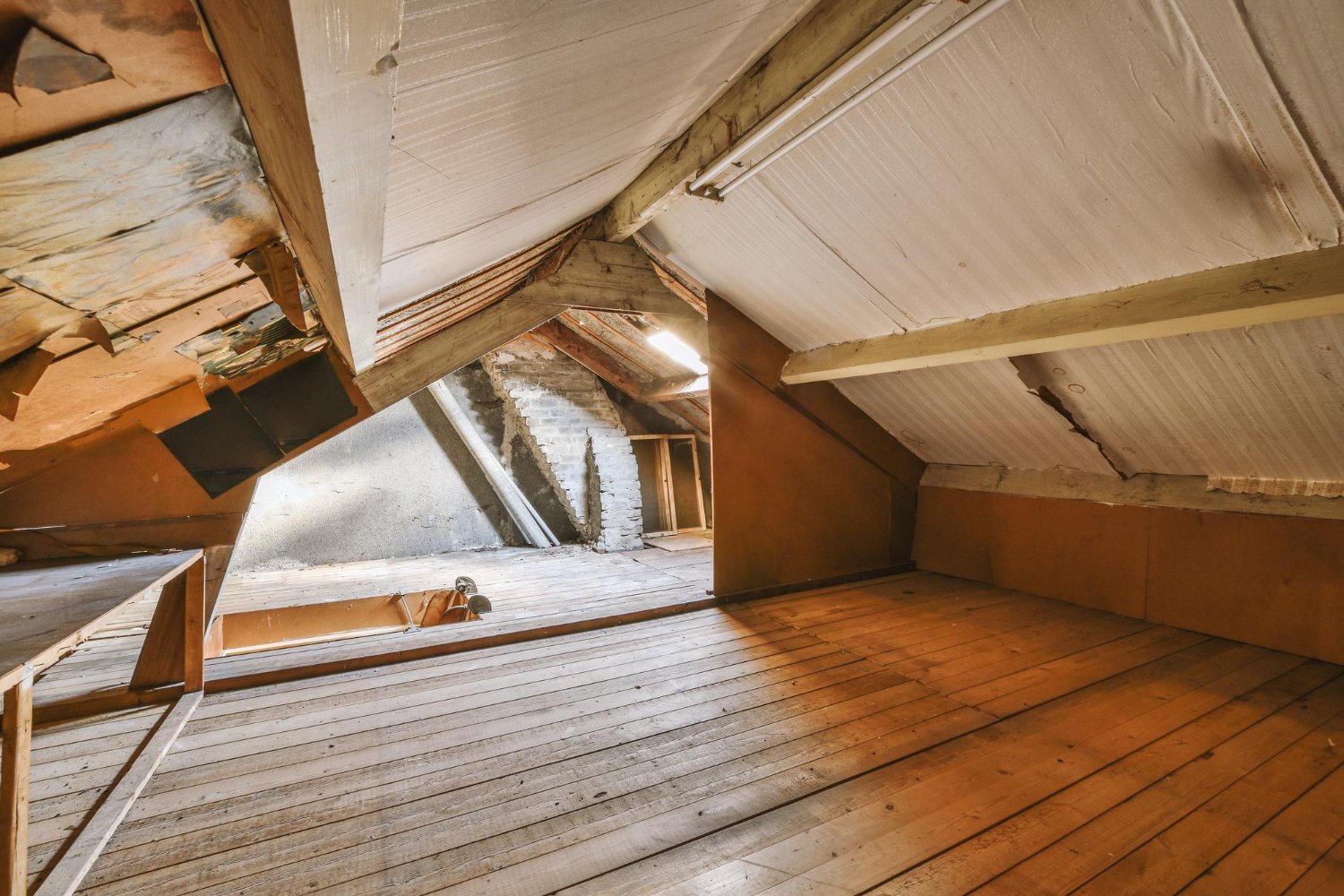Asthma is a chronic lung condition, affecting millions across the globe. A key factor that exacerbates asthma symptoms is humidity. But what humidity level is bad for asthma? This question concerns many, especially homeowners and real estate developers keen on ensuring optimal living conditions. Understanding how humidity impacts asthma patients can tremendously improve your home environment.
The ideal humidity level balances comfort and health, typically around 30% to 50%. Levels outside this range can worsen asthma symptoms, making it vital to control the indoor climate. Let’s delve into the science and offer insights on managing humidity for healthier living spaces.

The Connection Between Humidity and Asthma: Delighted to Explain
Humidity, the amount of moisture in the air, influences asthma in several ways. High humidity can increase mold growth, dust mites, and pollutants, all of which trigger asthma attacks.
Conversely, low humidity dries out airways, causing irritation. These environments can make breathing difficult for asthma sufferers. For more strategies on maintaining balanced humidity, visit our comprehensive guide on maintaining a healthy indoor climate.
How High Humidity Affects Asthma
In high humidity, the air is saturated, making it heavy and difficult to breathe. This environment is perfect for mold, one of the common asthma triggers. High humidity also encourages dust mites, adding to the asthma burden.
Impact of Low Humidity on Asthma
Conversely, low humidity leads to dry airways, increasing susceptibility to respiratory infections. It can also cause skin irritation and other health concerns. To quickly adjust humidity levels, check our tips on raising humidity.
The Big Role of Technology in Managing Humidity for Asthma Patients
Using technology, such as humidifiers, dehumidifiers, and smart home systems, can optimize indoor humidity levels efficiently. These technologies help control moisture levels, leading to an asthma-friendly environment.
Choosing the Right Humidifier
A humidifier adds moisture to the air, ideal for dry climates. Choose devices with built-in hygrometers for precise tracking. For drier months, read about the importance of maintaining a comfortable bedroom climate.
Dehumidifiers in Action
If you live in a humid area, consider a dehumidifier. It extracts excess moisture, making breathing easier. Explore our guide on using AC in humidity control AC and humidity.
Practical Approved Tips for Adjusting Humidity Levels
Ventilation is Key
Proper ventilation circulates air, reducing moisture build-up. Open windows or use exhaust fans to manage humidity efficiently.
Regular Maintenance Checks
Ensure HVAC systems are clean and functioning correctly. Regular maintenance can prevent mold and other contaminants that trigger asthma. Learn more about the typical humidity in your area and adjust accordingly.
Use Plants Wisely
Certain plants can help balance indoor humidity. Select species known for their air-purifying capabilities to aid respiratory health.
Big Facts: Indoor Air Quality’s Tremendous Impact on Asthma
Beyond humidity, indoor air quality (IAQ) presents a significant challenge for asthma patients. Dust, mold, and chemicals contribute to poor IAQ, worsening asthma.
Adopt an IAQ Improvement Plan
Implement strategies like regular dusting, using air purifiers, and minimizing chemical exposure to improve IAQ. This will lead to a healthier, more comfortable home for asthma patients.

Frequently Asked Questions (FAQs) on Asthma and Humidity
What is the ideal indoor humidity for asthma ventilation systems?
Maintaining indoor humidity between 30% and 50% optimizes asthma patient comfort and health.
How does external weather affect indoor humidity levels?
External weather impacts indoor humidity, necessitating the use of humidifiers or dehumidifiers to balance levels.
What measures can homeowners take during seasonal changes?
Temperature and humidity fluctuations require vigilant monitoring and adjustment using technology and ventilation strategies.
To enhance your understanding, consider reading about effective ways to control humidity from Adfast Corp.
As an Amazon Associate, I earn from qualifying purchases.



